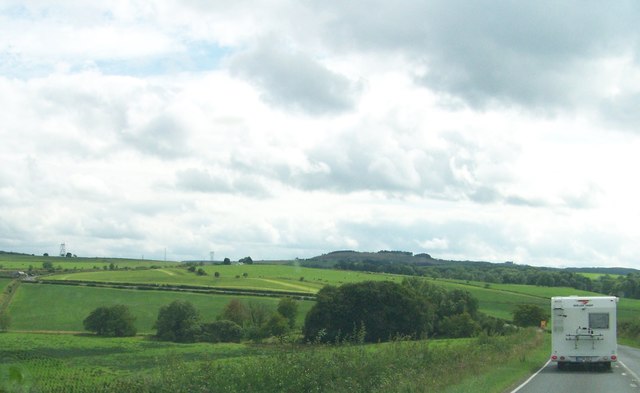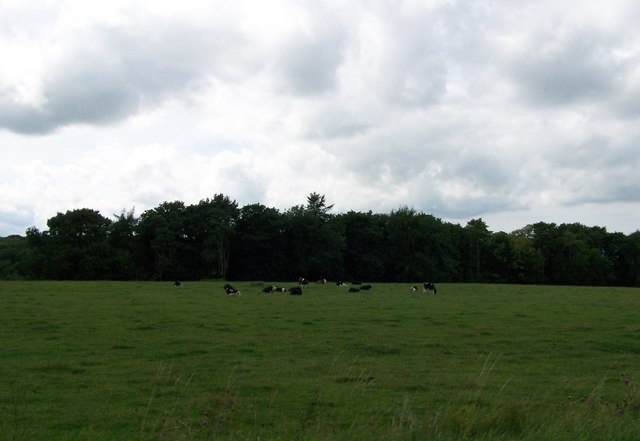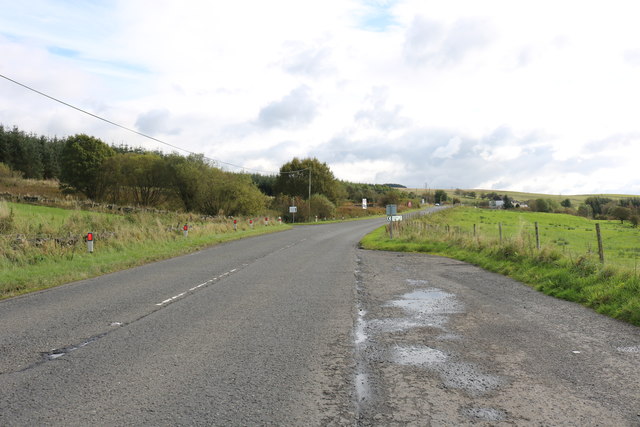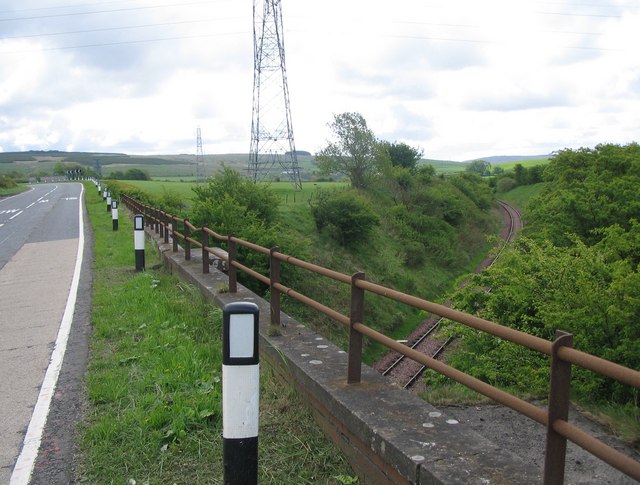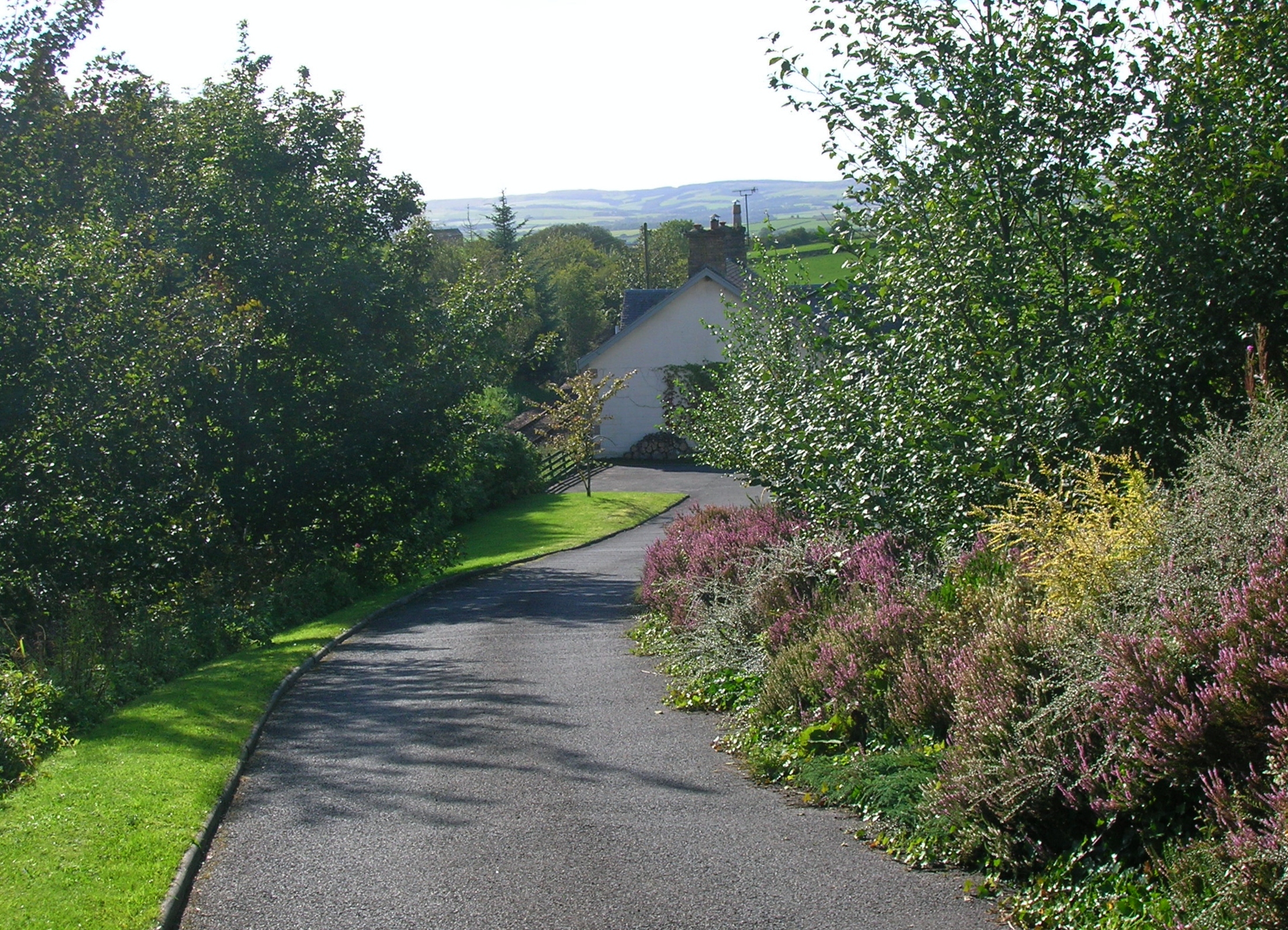Boreland Glen
Valley in Ayrshire
Scotland
Boreland Glen

Boreland Glen is a picturesque valley located in Ayrshire, Scotland. This tranquil and idyllic spot is situated between the towns of Barr and Dalmellington. The glen is renowned for its stunning natural beauty and diverse wildlife, making it a popular destination for both locals and tourists alike.
Covering an area of approximately 5 square miles, Boreland Glen is characterized by its rolling hills, dense woodlands, and meandering streams. The glen is home to a variety of plant species including oak, birch, and rowan trees, which create a vibrant and colorful landscape throughout the year. The surrounding hills provide a stunning backdrop, making it a haven for nature enthusiasts and photographers.
The glen boasts a rich and diverse wildlife population, with several species calling it home. Visitors can spot red squirrels, badgers, and roe deer, among other creatures, while exploring the area. The glen is also frequented by birdwatchers, as it attracts a wide variety of bird species, including owls, woodpeckers, and pheasants.
For outdoor enthusiasts, Boreland Glen offers an array of activities. There are numerous walking trails that wind through the glen, allowing visitors to explore its natural wonders at their own pace. The glen is also a popular spot for picnicking, fishing, and camping, providing a tranquil and peaceful setting to relax and unwind.
Overall, Boreland Glen is a hidden gem in Ayrshire, offering a perfect blend of breathtaking scenery, diverse wildlife, and outdoor recreational opportunities. It is a must-visit destination for those seeking a peaceful retreat in the heart of nature.
If you have any feedback on the listing, please let us know in the comments section below.
Boreland Glen Images
Images are sourced within 2km of 55.387754/-4.5240947 or Grid Reference NS4013. Thanks to Geograph Open Source API. All images are credited.



Boreland Glen is located at Grid Ref: NS4013 (Lat: 55.387754, Lng: -4.5240947)
Unitary Authority: South Ayrshire
Police Authority: Ayrshire
What 3 Words
///swimmer.whizzing.resurgent. Near Patna, East Ayrshire
Nearby Locations
Related Wikis
Holehouse Junction railway station
Holehouse Junction railway station was an exchange railway station in East Ayrshire, Scotland. The line on which the station later came to stand was originally...
Hollybush railway station
Hollybush railway station was a railway station in East Ayrshire, Scotland that served the nearby Hollybush Hotel and the rural district. The line on which...
Polnessan
Polnessan (Scottish Gaelic: Poll an Easain, pool on the small waterfall) is a small rural village in East Ayrshire, Scotland. Polnessan has a population...
Kerse Loch
Kerse Loch (NS 34894 16186), also recorded as Carse Loch (1841) is a small freshwater loch in the East Ayrshire Council Area, lying in a glacial Kettle...
Nearby Amenities
Located within 500m of 55.387754,-4.5240947Have you been to Boreland Glen?
Leave your review of Boreland Glen below (or comments, questions and feedback).






